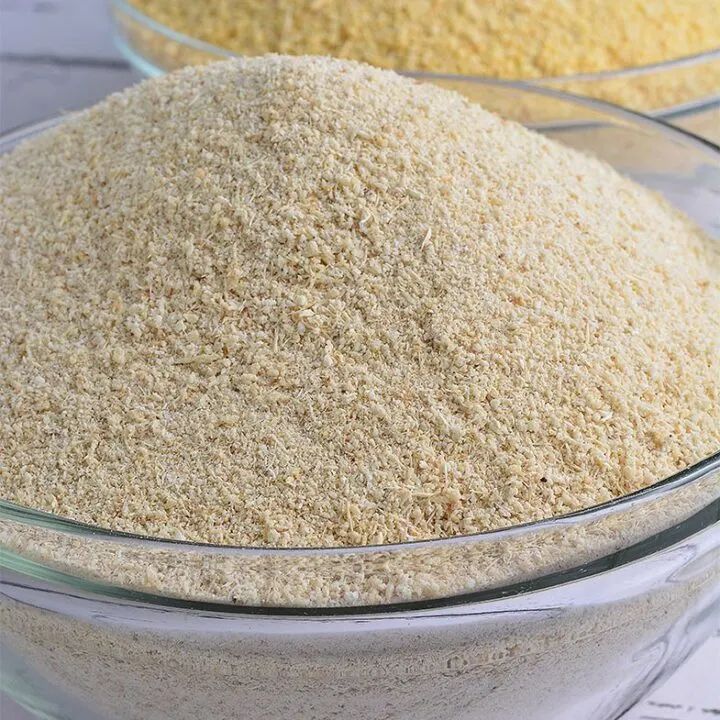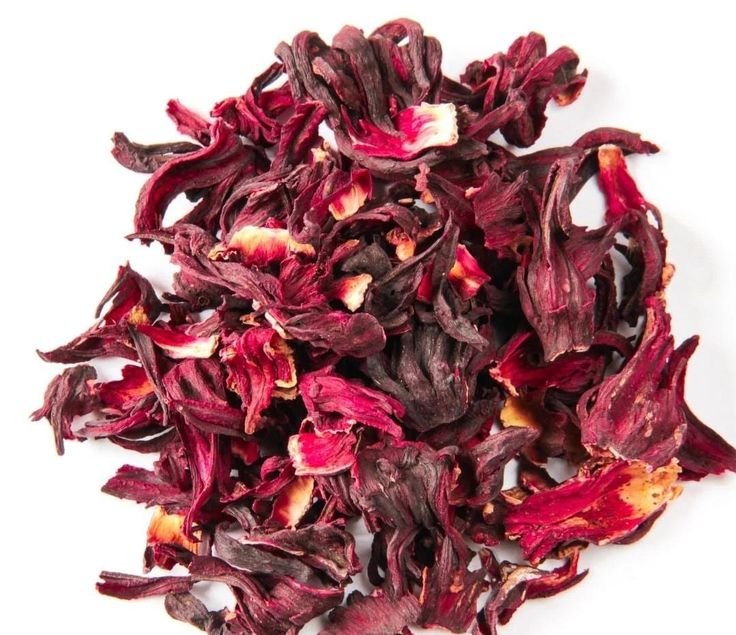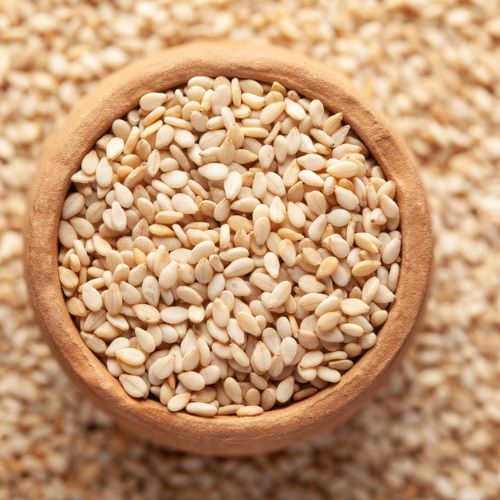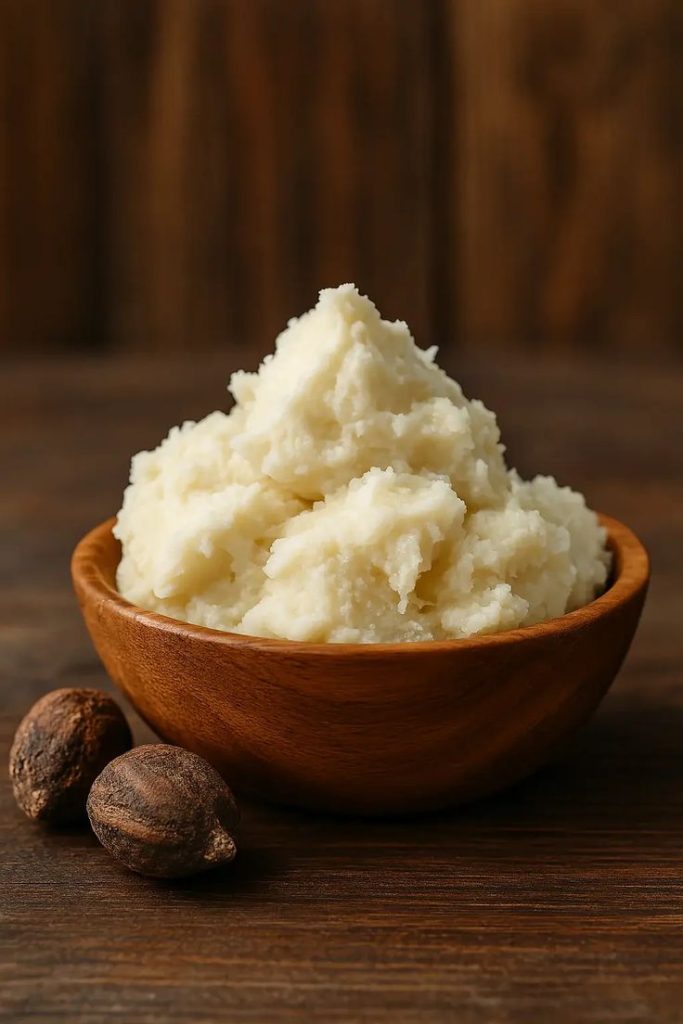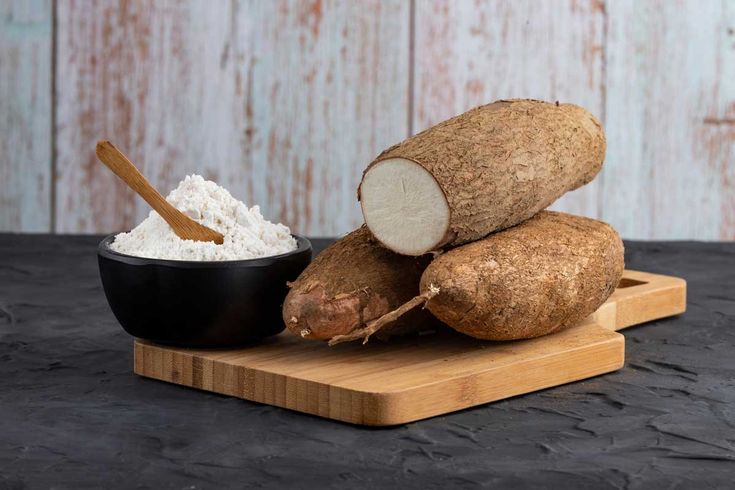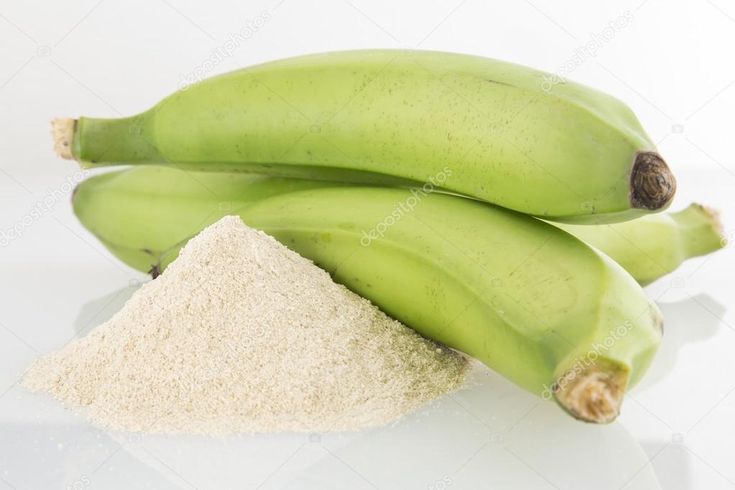What It Is
Garri is a popular West African staple food made from cassava tubers (Manihot esculenta). It is one of the most consumed food items in Nigeria and across the African continent due to its affordability, versatility, and long shelf life. Garri is produced by fermenting, pressing, and frying grated cassava into dry, crispy granules or flakes.
It comes in different textures and colors—white garri and yellow garri (the latter produced by adding palm oil during processing). The particle size can be fine, medium, or coarse depending on preference. Garri is consumed in various ways: as a quick meal soaked in cold water with sugar, milk, groundnut, or fish, or as a stiff dough called Eba when stirred in hot water and eaten with soups.
Because of its widespread use, garri is often referred to as “the rice of Africa.”

Nutritional Value
Garri is a carbohydrate-rich food, providing energy and sustenance to millions of households.
-
Carbohydrates: 80–85%
-
Protein: 1–2%
-
Fat: 1% (slightly higher in yellow garri due to palm oil)
-
Fiber: 2–3%
-
Moisture Content: Below 12% (well-dried garri for storage and export)
-
Vitamins & Minerals: Contains calcium, potassium, and some B-vitamins. Yellow garri has added vitamin A from palm oil.
Uses of Garri
-
Soaking: Eaten directly by soaking in cold water with sugar, milk, groundnut, coconut, or fish.
-
Eba: Prepared by stirring garri in hot water to form a stiff dough served with African soups (egusi, ogbono, vegetable, okra, etc.).
-
Confectioneries: Garri is sometimes used in baking biscuits, bread, or snacks.
-
Industrial Uses: Modified garri flour can be used in breweries, food processing industries, and as raw material for starch derivatives.
Export Specifications
When exporting garri, the product must meet international food safety and packaging standards.
-
Moisture Content: Maximum 12%
-
Foreign Matter: 0.5% max (free from stones, sticks, or sand)
-
Particle Size: Fine, medium, or coarse depending on buyer’s preference
-
Color: White or yellow (uniform, no burnt particles)
-
Acidity: Controlled through proper fermentation to avoid sourness beyond acceptable taste levels
-
Packaging: Export-quality garri is packaged in moisture-proof, airtight containers such as:
-
Polypropylene (PP) woven bags (5kg, 10kg, 25kg, 50kg)
-
Plastic jars, sealed pouches, or vacuum packs for retail export
-
-
Shelf Life: 6–12 months under proper storage (cool, dry conditions)
-
HS Code: 11062000 (Flour, meal, and flakes of cassava)
Processing for Export
-
Harvesting: Fresh cassava tubers are harvested, washed, and peeled.
-
Grating: The tubers are grated into pulp.
-
Fermentation: Pulp is packed in sacks and left to ferment for 2–3 days to reduce cyanide content.
-
Pressing: Excess water is pressed out using mechanical or manual presses.
-
Sieving: The semi-dry mash is sieved to remove lumps.
-
Frying: Roasting in a wide pan at high temperature until dry and crispy granules form.
-
Cooling: Spread out to cool before packaging.
-
Packaging: Hygienic, moisture-proof packaging for local and international markets.
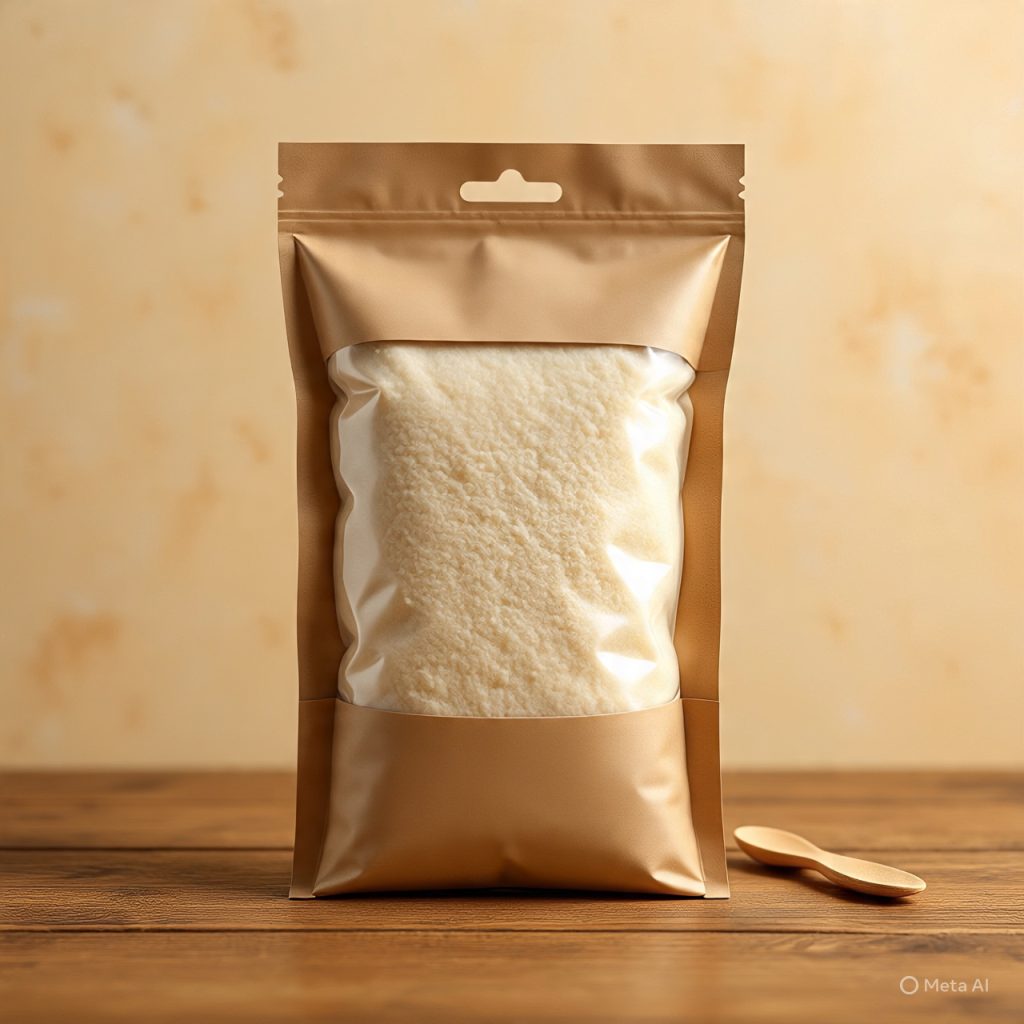
Major Producing Regions
-
Nigeria (largest producer in the world; garri is a national staple)
-
Ghana
-
Benin
-
Togo
-
Sierra Leone
-
Liberia
Nigeria alone accounts for over 20 million metric tons of garri annually due to massive cassava production.
Export Market Opportunities
Garri has growing demand in the United States, United Kingdom, Canada, Europe, and Asia due to the increasing African diaspora communities. It is stocked in Afro-Caribbean shops, ethnic supermarkets, and online stores like Amazon.
-
UK Market: Popular in Afro-Caribbean and African shops; often sold in 1kg–5kg packs.
-
US & Canada: Strong demand from Nigerian, Ghanaian, and other West African immigrant communities.
-
Europe: Germany, Italy, France, and the Netherlands have vibrant African communities that consume garri.
Export Challenges
-
Quality Control: Ensuring low moisture and absence of contaminants.
-
Packaging: Must meet food safety and labeling standards (ingredient list, nutritional facts, country of origin).
-
Regulations: Compliance with FDA (USA), EFSA (EU), and UK FSA food import standards.
-
Preservation: Avoiding mold growth during shipping.
-
Competition: From other cassava-based products like fufu flour.

